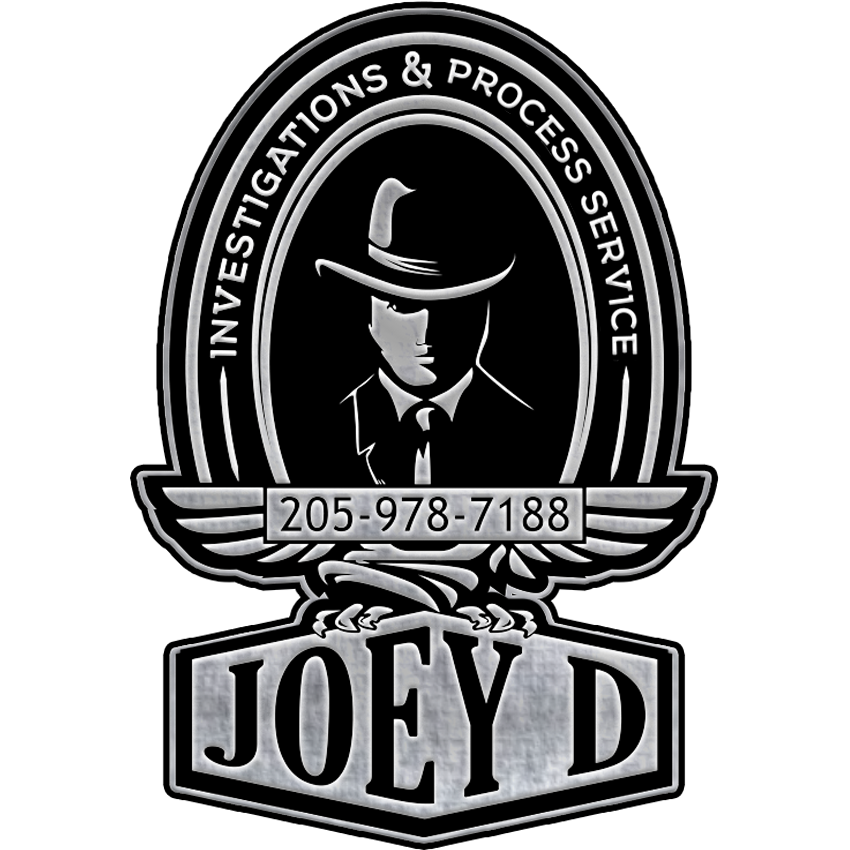Understanding the Investigation Process

Defining the Purpose of an Investigation
When initiating an investigation, it is crucial to define the purpose clearly to ensure a focused and efficient process. This sets the foundation for the entire investigative endeavor, guiding the direction of inquiries and resource allocation. Clarity in the purpose also aids in managing stakeholder expectations and ensuring alignment with organizational objectives.
A structured approach to defining the purpose can be beneficial. Consider the following table to present structured, quantitative data:
| Purpose | Description |
|---|---|
| Fraud Detection | Identifying fraudulent activities |
| Compliance Violation | Ensuring adherence to regulations |
| Misconduct Allegation | Investigating claims of unethical behavior |
Additionally, a bulleted list can be used to outline key considerations when defining the purpose:
- Clearly articulate the scope and boundaries of the investigation
- Identify the specific issues or concerns to be addressed
- Establish the desired outcomes and objectives
Remember: Clarity and specificity in defining the purpose are essential for a successful investigation.
Identifying Key Stakeholders
When identifying key stakeholders in an investigation, it is crucial to prioritize those individuals or groups who have a direct interest in the outcome of the investigation. This may include employees, management, clients, and external parties such as regulatory bodies or law enforcement agencies. Understanding the perspectives and potential impact of these stakeholders is essential for conducting a thorough and unbiased investigation.
It is important to establish clear lines of communication with key stakeholders to ensure transparency and cooperation throughout the investigation process. This can be achieved through regular updates, meetings, and the provision of relevant information as needed.
Table: Key Stakeholders
| Stakeholder | Role/Interest |
|---|---|
| Employees | Internal perspective |
| Management | Oversight and guidance |
| Clients | External perspective |
| Regulatory bodies | Compliance oversight |
| Law enforcement | Legal enforcement |
Tip: Building strong relationships with key stakeholders can facilitate access to valuable information and insights, ultimately enhancing the effectiveness of the investigation.
Gathering Initial Information
Before diving into the investigation, it’s crucial to identify the key sources of information and gather initial data. This initial phase sets the foundation for the entire investigation process. Thoroughly reviewing documents, records, and any available evidence is essential to gain a comprehensive understanding of the situation.
To organize the gathered information, a Markdown table can be used to present structured, quantitative data. This table should be concise and clearly formatted to provide a quick overview of the initial findings.
For less structured content, such as steps or a series of related items, a bulleted list can be utilized to outline the key actions to be taken during this phase.
Tip: When gathering initial information, ensure that all sources are reliable and credible. Cross-referencing data from multiple sources can help validate the accuracy and completeness of the information collected.
Conducting Effective Interviews

Preparing for the Interview
Preparing for the interview involves thorough research and understanding of the interviewee’s background and role. It’s essential to establish a comfortable and professional environment for the interview. Additionally, consider using a Markdown table to present structured, quantitative data related to the interviewee’s qualifications and experience. This will provide a clear and concise overview of their background. Remember to also use a bulleted list to outline the key topics or questions to cover during the interview. Finally, here’s a blockquote with an important tip: Always listen actively and follow up on interesting points to gather comprehensive information during the interview.
Building Rapport with Interviewees
Building rapport with interviewees is a crucial aspect of conducting effective interviews. Establishing a connection with the interviewee can lead to more open and honest communication. Active listening and showing genuine interest in the interviewee’s perspective can help build trust and create a comfortable environment for the interview. It’s important to remember that every interviewee is unique, so adapting your approach to each individual is essential.
Additionally, using open-ended questions can encourage interviewees to share more detailed information. This approach allows for a deeper understanding of the interviewee’s experiences and perspectives. Furthermore, maintaining a professional yet empathetic demeanor can convey respect and understanding to the interviewee.
Tip: Building rapport is not just about words, but also about non-verbal communication. Pay attention to your body language, tone of voice, and facial expressions to ensure a positive and welcoming interaction with the interviewee.
Asking the Right Questions
Building rapport with interviewees is crucial for gaining their trust and cooperation. Empathy and active listening are key to establishing a positive connection. Additionally, it’s important to ask open-ended questions to encourage detailed responses and uncover valuable insights.
| Interview Tips |
|---|
| Use open-ended questions |
| Practice active listening |
| Show empathy and understanding |
Building rapport and establishing trust are essential for successful interviews. Creating a comfortable and respectful environment can lead to more candid and informative responses from interviewees.
Analyzing Evidence and Data

Collecting and Organizing Evidence
After collecting and organizing evidence, it is crucial to evaluate the integrity of the data. This involves examining the source, accuracy, and reliability of the evidence. Additionally, drawing conclusions from the evidence requires a meticulous approach to ensure the validity of the investigative findings.
When presenting structured, quantitative data, consider using a Markdown table to succinctly display the information. For less structured content, such as qualitative points or a series of related items, a bulleted or numbered list can effectively convey the information.
Tip: Ensure that the data presented is relevant to the investigation and supports the conclusions drawn, maintaining the integrity of the investigative process.
Evaluating Data Integrity
Evaluating the integrity of data is crucial in any investigation. It ensures that the information used is reliable and accurate. Consistency and accuracy are key factors to consider when evaluating data integrity.
- It is important to implement a table for presenting structured, quantitative data. This allows for clear and concise representation of the data.
- Use a bulleted or numbered list for less structured content, such as steps for evaluating data integrity or qualitative points to consider.
Tip: Always verify the source and methodology of data collection to ensure its integrity and reliability.
Drawing Conclusions from Evidence
When drawing conclusions from evidence, it is crucial to analyze the data with precision and attention to detail. Corroborating the evidence through cross-referencing and validation is essential for ensuring accuracy and reliability.
To present structured, quantitative data, consider using a Markdown table. This will allow for clear and concise representation of the findings. For less structured content, such as qualitative points or a series of related items, a bulleted or numbered list can be utilized.
Tip: Always verify the integrity of the evidence and data before drawing conclusions. This ensures that the conclusions are based on reliable and valid information.
Legal and Ethical Considerations

Understanding Legal Boundaries
Understanding Legal Boundaries
When conducting investigations, it is crucial to understand the legal boundaries that govern the process. This ensures compliance with relevant laws and regulations, mitigating the risk of legal repercussions.
It is important to maintain ethical standards throughout the investigation process. This includes respecting the rights of individuals involved, handling evidence ethically, and conducting the investigation with integrity.
Tips for Ensuring Legal and Ethical Compliance:
- Familiarize yourself with relevant laws and regulations
- Seek legal counsel when necessary
- Document all investigative activities and decisions to demonstrate compliance with legal and ethical standards.
Maintaining Ethical Standards
Understanding Legal Boundaries
Maintaining Ethical Standards
Protecting Confidential Information
Important Tip: Always seek legal counsel when dealing with complex ethical dilemmas.
Protecting Confidential Information
Understanding the importance of confidentiality is crucial in any investigation. Protecting sensitive information is a top priority to maintain trust and integrity. It’s essential to establish clear guidelines for handling confidential data, including encryption protocols and restricted access.
| Confidentiality Guidelines |
|---|
| 1. Limit access to authorized personnel |
| 2. Use encryption for sensitive data |
| 3. Secure physical and digital storage |
Tip: Regularly review and update confidentiality policies to align with legal requirements and industry best practices.
When it comes to conducting investigations and providing process services, it is crucial to consider the legal and ethical implications. At Joey D Investigations, we prioritize adherence to the highest standards of legal and ethical conduct. Our commitment to precision and discretion ensures that every investigation is carried out with integrity and respect for all parties involved. If you are seeking reliable investigative services in Alabama, look no further than Joey D Investigations. Visit our website to learn more about our comprehensive range of services and how we can assist you in unveiling the truth.


